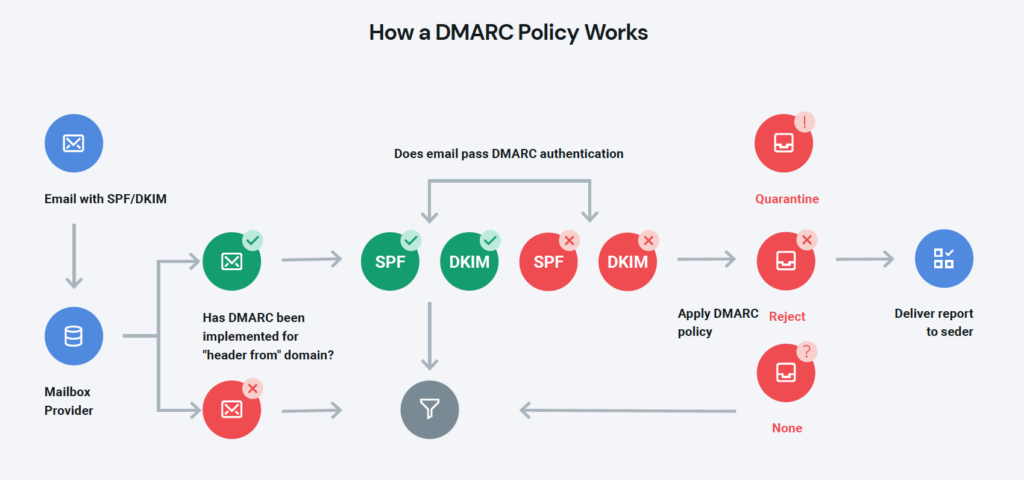Email Marketing
Successful Email Marketing: Good Habits and Best Practices for 2023

Email Marketing

Hear that? It’s the sound of fresh new emails waking up from hibernation after the holiday season. Those campaign ideas are just waiting to be shaped into a successful email marketing strategy.
The end of the year can always be an exhausting time to be an email marketer (and let’s be real, your inbox is tired too.) That’s why now is the perfect time to freshen up your email program and build good habits for the year to come.
If you’re looking to build a more successful email marketing program in 2023, you’re not alone. Before we begin, though, it’s important to understand what success looks like. What are you optimizing for? Every email marketing program is slightly different, but the most important element is sending emails your subscribers want to read.
Notice how the words “buy,” “purchase,” or “click” aren’t in that sentence.
That’s because sending emails your subscribers want to read — emails they look forward to receiving — is the best way to achieve your business goals. When you meet your subscriber expectations, you’ll see:
We’ve been at this email marketing thing for a while now, and year after year, it’s the foundational, small habits that add up to bigger email marketing success. While there will always be a shiny new trend to hop on to (AI, anyone?), remember to focus on the fundamentals first. If you’re ready for email marketing success in 2023, here are ten best practices and good habits we recommend:
What’s working? What’s not? How many emails do you send, and which ones perform the best? You might already have pulled the numbers from 2022, but an email marketing audit is a little more than that. Conducting an audit gives you a holistic picture of the entire program, from your automated emails to one-off email campaigns.
To conduct an email marketing audit, first look at your overall numbers for the year. Then, it’s time to drill down into your individual campaigns, automated emails, templates, and your list segmentation. Ask yourself:
Once you understand how you’re doing, you can start making a plan to address the gaps.
SPF, DKIM, DMARC, and BIMI…oh, my! Email authentication is one of the most confusing (but important) elements of an email marketing program. Without a strong email authentication in place, you open yourself up to spoofing from scammers — eroding trust in your brand and hurting your deliverability in the process.
You’ll want to brush up on all of your email authentication protocols and make sure they’re strong and working. But the biggest opportunity for your email marketing success may be DMARC (Domain-based Message Authentication, Reporting and Conformance). DMARC is the best way to stop email evildoers from spoofing your brand.

Too many brands use a weak DMARC policy (p=none) that leaves the decision-making and protection up to mailbox providers. Instead, we recommend using p=quarantine or p=reject, which reflects the true intent of DMARC. Read our guide for how to implement these policies here.
Once you start enforcing a DMARC policy, you’ll be eligible for an inbox logo when you implement the BIMI specification.
Think about all of the hours you spend designing and sending your emails. Do you know where they go once you click “send”? It’s one thing for them to be delivered. But do they land in the inbox? In Gmail’s “Promotions” no-man’s-land tab? Or worse, in junk?
Most mailbox providers use an algorithm to sort incoming emails that make it easier for their users to manage their inbox. Inbox placement is one of those elements that’s crucial to the success of your email marketing program, but it’s so fundamental it often gets overlooked.
To improve your inbox placement, think about:
If you’re not sure how to figure out your inbox placement rate, Mailgun Optimize is our new deliverability suite, which includes predictions and reports on inbox placement.
One of the biggest changes we’ve made at Email on Acid recently is building a more consistent and effective email design process. Yes, you can still be creative when you have a system! In fact, it’s a reusable, standardized, and composable system that allows you to be more creative and flexible, not less.
Instead of reinventing your email designs every time, you can just make incremental changes to the design system, which is more manageable.
Whether you’re already using some templates or like to send emails on the fly, creating an email design system allows you to work faster, more consistently, and with more accuracy. This is what allows you to scale. Here’s how to start your own email design system.
Even if you’re not feeling this year’s vibrant Pantone color, viva magenta, it’s worth looking at your email campaigns and making sure they feel up-to-date with 2023 graphic design trends.
As you take a look at your email designs, you’ll want to double-check:
Now is likely when the rest of your marketing team is evaluating your overall branding. Work together with your design team and development team to make sure your emails don’t get left behind.
A clean email list is one of the best ways to make sure your email campaigns succeed. First, make sure that everyone on your list is actually a real email address, and not a typo or bot.
Then, it’s time to clean house. While you always want to monitor your list for compliance reasons — removing unsubscribes, as an example — you also want to look at “quiet unsubscribes,” or behavior that indicates a subscriber just isn’t that into you. If you’re seeing no engagement, lots of bounces, or spam complaints, it’s time to let that subscriber go.
Make a plan to check back in with your list hygiene at least once a quarter, depending on how quickly you’re growing your list.

Have you ever received an email from a brand that just didn’t make sense to you? Like receiving a promotional campaign for new tires when you don’t own a car, or for hats and gloves when you live in a warm climate? That’s usually the work of poor email list segmentation.
It’s useful to create buckets of your subscribers to be able to better tailor messaging to their needs. Some examples include:
Segmenting your email list is the first building block to our next email marketing best practice.
We’re way past [first name] in terms of expectations from our subscribers. They’re savvy enough to know that you’re collecting all kinds of data about them…and they expect you to use it. A little personalization goes a long way — studies show that personalized subject lines are 22% more likely to be opened.
This might be product recommendations, or dynamic content based on their behavior, like an abandoned cart email that actually pulls in the item that’s in their cart. This can also be more general personalized campaigns, like sending an invitation to an event that’s in their area. The opportunities for personalization are endless if you get creative! Here are a few more ideas.
It wouldn’t be email without new headaches from email clients, right? This year, we may see more mailbox providers change their privacy and analytics practices, which means it’s time to re-evaluate how you measure your email marketing success. Take a look at each component of email performance to measure your overall email ROI. Do subscribers:
With Apple Mail’s new Privacy Protection, you’ll need to adjust how you’re measuring opens and other engagement metrics in particular. Here’s how you can do it with Email on Acid so you can be prepared.
Email marketing has been around for a long time, and while it’s always changing, there’s one thing that stays the same: You have to build regular testing into your process in order to be successful.
There are two kinds of testing you should do for every email send:
If you’re looking to build a successful email marketing program this year, we’re here to help. Make sure the emails you’ve worked so hard on actually make it to the inbox with Mailgun Optimize, our complete deliverability suite.
Then, you can breathe easy with Email on Acid’s email quality assurance and unlimited testing — instead of crossing your fingers, you’ll know that your email looks great when it gets to the inbox. Use these tools together to put your best email forward.